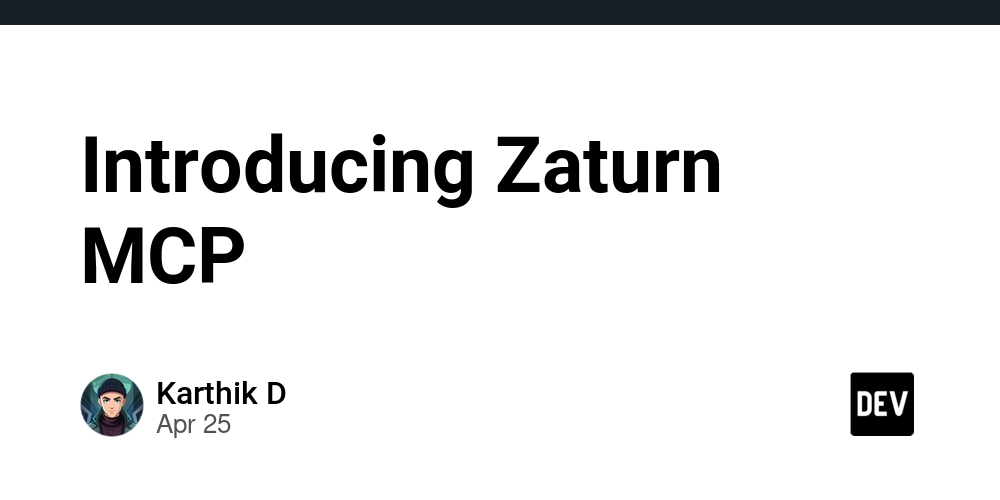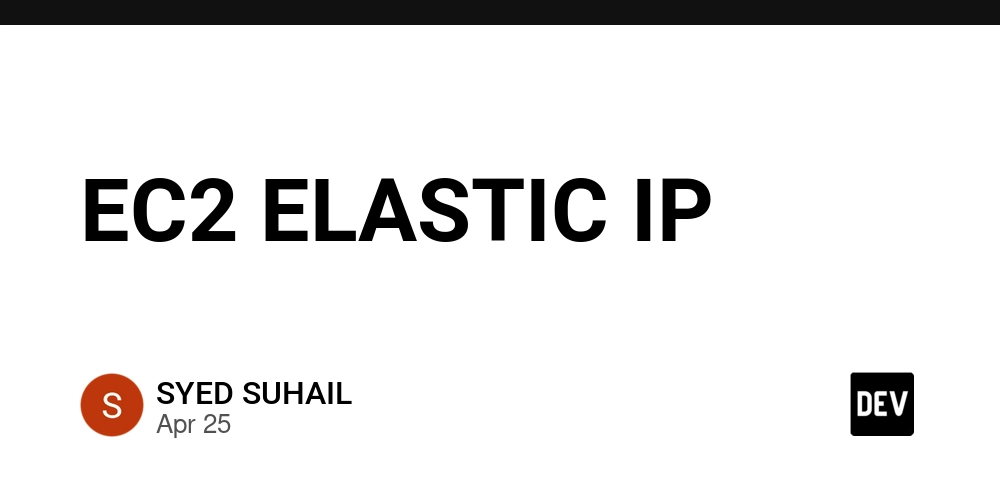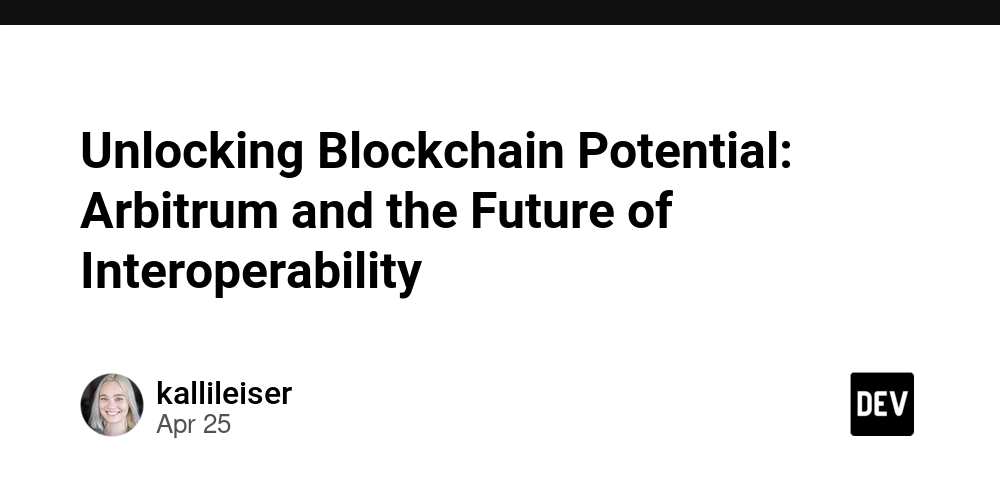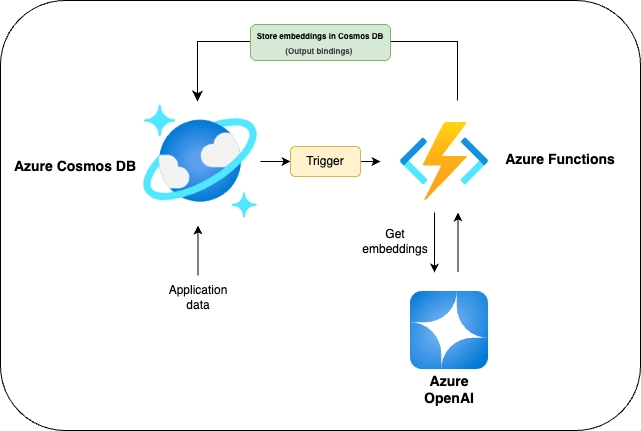Introducing Zaturn MCP
Hello folks, I'm working on Zaturn: an AI co-pilot for analyzing your data. Zaturn MCP enables querying and understanding your data using natural language. Instead of writing SQL or Python, you describe what you're looking for in plain English, and AIs can translate that into structured queries, run them against your data sources, and return results, often with visualizations or summaries where useful. Zaturn integrates with Claude Desktop (or any MCP-compatible client), so you can plug in your databases, describe your goals or questions, and get back answers that make sense in context. You can ask things like “Who are our highest-spending users this quarter?” or even broader prompts like “What trends should we look into based on this dataset?” Under the hood, Zaturn enables AI to inspect the schema, generate queries, and build a thread of reasoning around what it finds — not just a single chart, but a sequence of observations, follow-ups, and possible next steps. It’s a way to explore data conversationally, without needing to load up a Jupyter notebook or wrestle with BI dashboards. Check it out at https://github.com/kdqed/zaturn

Hello folks, I'm working on Zaturn: an AI co-pilot for analyzing your data.
Zaturn MCP enables querying and understanding your data using natural language. Instead of writing SQL or Python, you describe what you're looking for in plain English, and AIs can translate that into structured queries, run them against your data sources, and return results, often with visualizations or summaries where useful.
Zaturn integrates with Claude Desktop (or any MCP-compatible client), so you can plug in your databases, describe your goals or questions, and get back answers that make sense in context. You can ask things like “Who are our highest-spending users this quarter?” or even broader prompts like “What trends should we look into based on this dataset?”
Under the hood, Zaturn enables AI to inspect the schema, generate queries, and build a thread of reasoning around what it finds — not just a single chart, but a sequence of observations, follow-ups, and possible next steps. It’s a way to explore data conversationally, without needing to load up a Jupyter notebook or wrestle with BI dashboards.
Check it out at https://github.com/kdqed/zaturn





































































